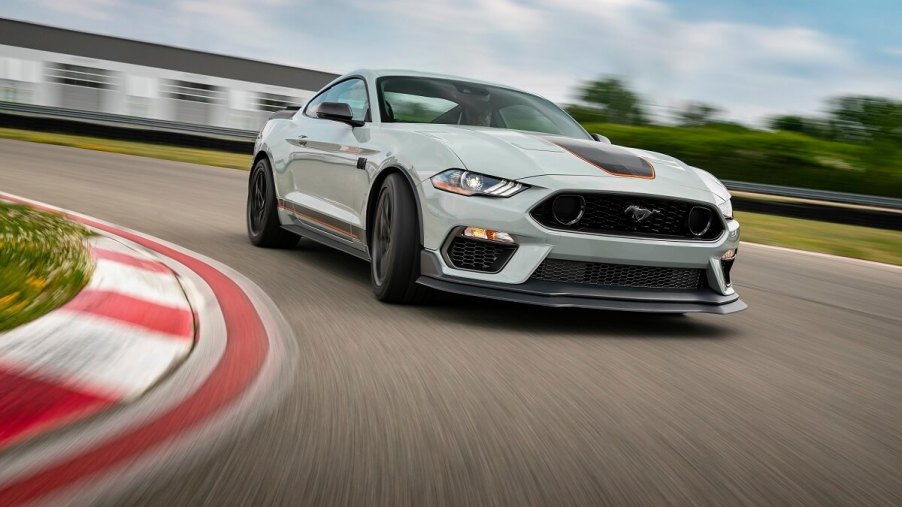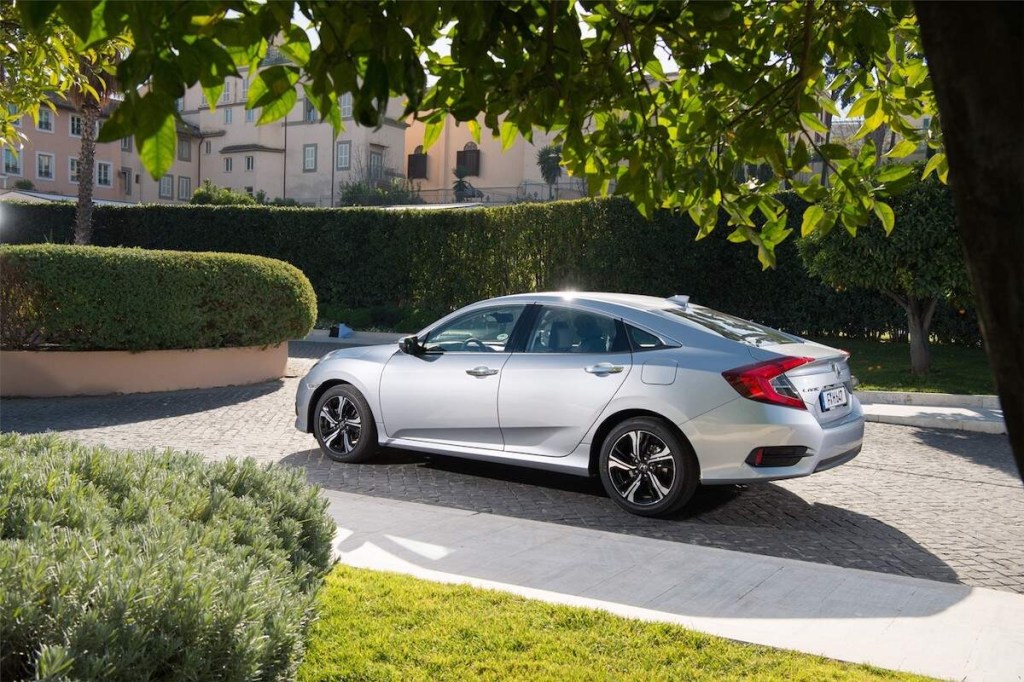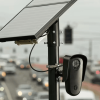
Does a Car’s Turning Radius Matter?
Have you ever attempted a U-turn in your car and realized that it wouldn’t make it in one swoop? If so, you likely had to make a three-point turn to finish the maneuver, possibly causing other cars to wait behind you. This slightly embarrassing and arduous task could have been prevented if your car had a shorter turning radius. But does the car’s turning radius really matter?
How is turning radius calculated?
A car’s turning radius is the smallest circle that the vehicle can make when the steering wheel is fully locked to one side. The shorter the radius, the better. Most automakers will list a car’s curb-to-curb turning radius, which basically represents the smallest turning circle your car can turn without hitting anything.
For example, the 2023 Toyota Crown’s radius measures 38 cubic feet, while the Corolla’s measures 35.6 feet. From those numbers, we can deduce that the Corolla can make a tighter turning circle and, thus, a quicker U-turn.
Is it better to have a higher or lower turning radius?

The most important time that a car’s turning radius matters is when you need to make a U-turn or a three-point turn. This goes double for when you’re on a narrow mountain road or a two-lane road with some traffic. In both cases, having a longer or wider radius can lead to a stressful experience if other cars await you.
This radius can also affect its steering feel on the racetrack. A longer turning radius can affect a car’s ability to hit an apex quicker, leading to more steering effort from the driver. A tighter radius is advantageous during performance driving – particularly on an autocross course or when driving through a canyon.
What is a good turning radius? Look at smaller cars

If you’re looking for cars with the tightest turning radii, then you’ll have to check out some of the smaller cars in the market. Some of the most notable used and new cars include:
- Smart Fortwo (22.8 feet)
- Fiat 500 (30.6 feet)
- Mazda MX-5 Miata (30.8 feet)
- Toyota Prius (31.4 feet)
- Honda Civic (36.1 feet)
- Toyota GR86 (35.4 feet)
As we can see, if you want a tight steering effort, it’s best to go with a small commuter or performance car. On the other hand, most trucks and SUVs, like a Ford Explorer or F-150, will have a much larger radius.



